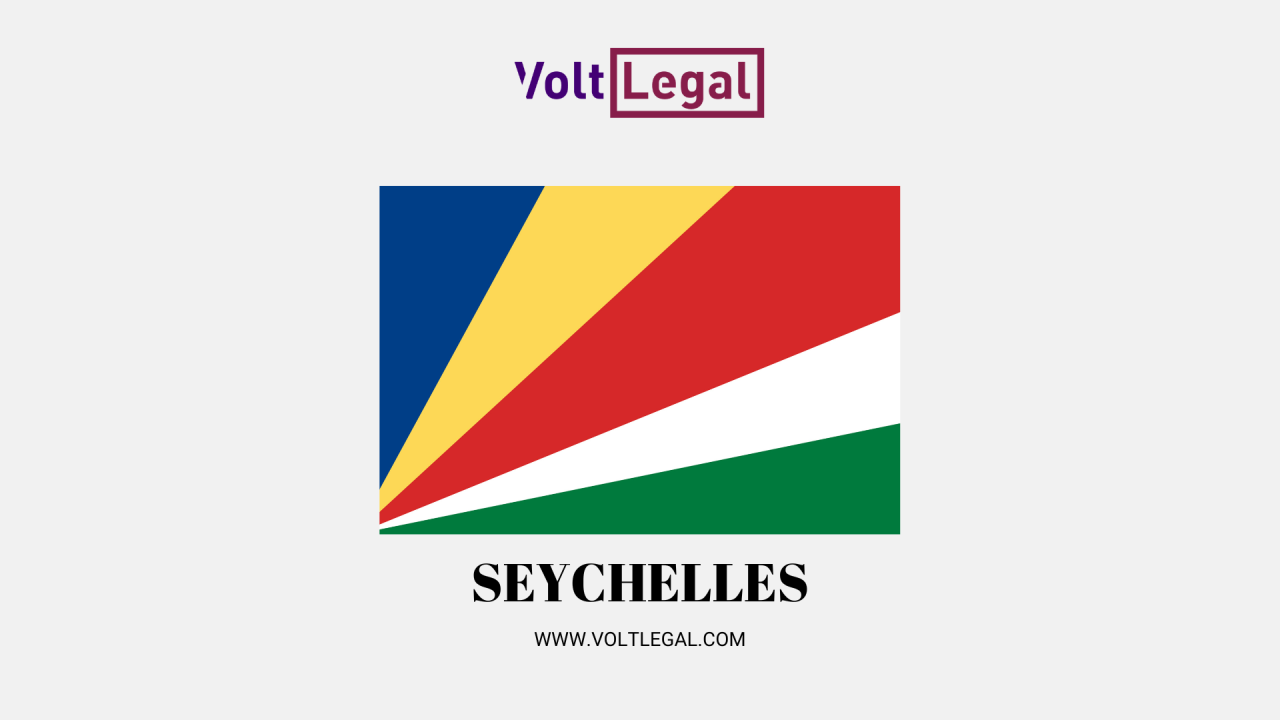The financial world is on the brink of a seismic shift. Innovations like artificial intelligence, APIs, cloud storage, data analytics, and—most notably—cryptocurrency are driving the digital transformation of asset management. But one technology stands out for its potential to reshape how we think about ownership, liquidity, and investment: Tokenization.
What Makes Tokenization a Game-Changer?
Tokenization transforms real-world assets—like real estate, art, and other traditionally illiquid holdings—into digital tokens. But why does this matter? Because it opens up a world of possibilities for both investors and asset managers.
Here’s how tokenization is changing the game:
- Fractional Ownership: Imagine owning a piece of a luxury apartment or a high-end work of art. Tokenization allows assets to be divided into smaller, more accessible units, making high-value investments available to a broader audience. This “fractionalization” increases liquidity for assets that were once considered untouchable.
- Secondary Markets: Tokenization facilitates the creation of dynamic secondary markets. Investors can trade tokenized assets just like stocks, allowing for increased flexibility and exit options that were previously unavailable in traditional asset markets.
- Digitized Ownership Transfer: Gone are the days of complex, paper-heavy transfer processes. Tokenization enables ownership transfers to be completed digitally—faster, cheaper, and more secure. This efficiency is made possible through Distributed Ledger Technology (DLT), the foundation of blockchain innovation.
While the concept of fractional ownership isn’t new (think timeshares, joint ownership, or debt securitization), tokenization elevates it to the next level. Distributed Ledger Technology (DLT) introduces a fresh approach, enhancing transparency, security, and regulatory compliance.

DLT’s Role in Liquid and Illiquid Funds
When most people think of DLT, they think of blockchain’s role in cryptocurrencies. But the true potential of DLT extends far beyond that.
- Immediate Impact on Liquid Funds: Contrary to popular belief, the first real disruption may not be in illiquid assets like real estate. Experts anticipate that DLT will initially make waves in liquid funds. By streamlining processes and improving transparency, DLT can enhance efficiency and reduce operational costs for fund managers.
- Gradual Impact on Illiquid Funds: Illiquid funds like real estate and private equity are still expected to see the benefits of DLT, but the pace of change may be slower. Over time, the regulatory recognition of tokenized securities will pave the way for a more inclusive and efficient investment ecosystem.

Why Investors Should Consider Crypto Funds
Crypto funds are more than just a “trendy” investment option. They offer a range of benefits that cater to both seasoned and new investors. Here’s why crypto funds should be on your radar:
- Diversification: Crypto funds add a unique layer of diversification to portfolios. They offer exposure to a new asset class with low correlation to traditional markets, helping reduce overall risk.
- Liquidity: Unlike traditional private equity or real estate, many cryptocurrencies can be bought and sold in seconds. Tokenized assets further amplify this liquidity, offering faster entry and exit opportunities.
- Automation and Flexibility: Automated processes powered by smart contracts enable 24/7 trading and reduce the need for intermediaries. This flexibility allows investors to act quickly and respond to market changes.
- Risk Management: Crypto funds employ sophisticated risk mitigation strategies, including diversification and hedging, which can help investors navigate the volatility of crypto markets.
- High-Risk, High-Reward Opportunities: While the potential for higher returns exists, it’s essential to note that crypto investments can be volatile. However, for those willing to take on the risk, crypto funds offer access to high-growth sectors like DeFi (Decentralized Finance) and emerging blockchain projects.
The Road Ahead: How Crypto and Tokenization Will Reshape Investment
The convergence of crypto, tokenization, and DLT is driving the next era of asset management. Investors, asset managers, and financial institutions are no longer confined to traditional ownership models. Instead, they can leverage tokenized assets to unlock liquidity, reduce transaction friction, and access previously untapped markets.
As tokenization becomes more widespread and regulatory clarity increases, we will likely see a surge in the adoption of tokenized securities and fractional ownership models. The financial world is moving toward a future where asset ownership is more accessible, transparent, and efficient than ever before.
Embrace the change. Investors who position themselves now to understand and leverage tokenization, crypto funds, and DLT will have a front-row seat in this rapidly evolving landscape.
The future of finance isn’t coming—it’s already here. Will you be ready?









